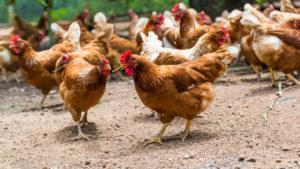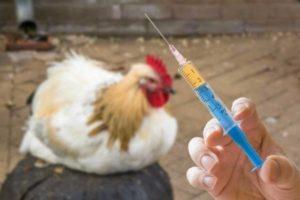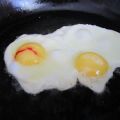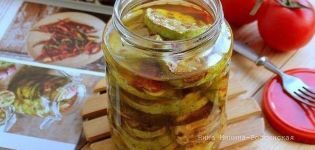What to do if a chicken has fallen out of the oviduct, causes and treatment
One of the most common pathologies of the reproductive system in poultry is the prolapse of the oviduct. Laying hens are especially prone to this disease, the reproductive system of which bears a great load due to intensive egg-laying. Lack of treatment will lead to the loss of the bird's reproductive function and forced culling. To avoid the financial losses associated with this, you need to know what to do if the hen has lost the oviduct.
Causes of oviduct prolapse in chickens
All non-communicable bird diseases are usually caused by two reasons: violation of the rules of feeding and keeping.
An unbalanced diet of chickens with a lack of calcium, vitamins E, D and choline in combination with a crowded content in cramped cages - these factors cause a decrease in immunity. The normal microflora of the genital tract dies, and pathogens begin to develop instead. As a result, inflammation of the oviduct (salpingitis) occurs, leading to its prolapse.
Salpingitis and prolapse of the oviduct can also develop during the transition of pathogenic microflora to the reproductive system of poultry with infectious diseases. Often, inflammatory processes pass from the cloaca to the oviduct.
An excess of protein and fat in the diet of poultry, too long daylight hours contribute to a faster onset of puberty than nature implies. However, the oviduct is not yet fully developed by the time the oviposition begins, and, unable to withstand the load, falls out. This happens especially often if the hen lays eggs that are too large or two-yolk.
A sedentary lifestyle in conditions of cellular maintenance provokes a decrease in the tone of the walls of the oviduct. Passage of eggs through it becomes difficult, and organ loss occurs.
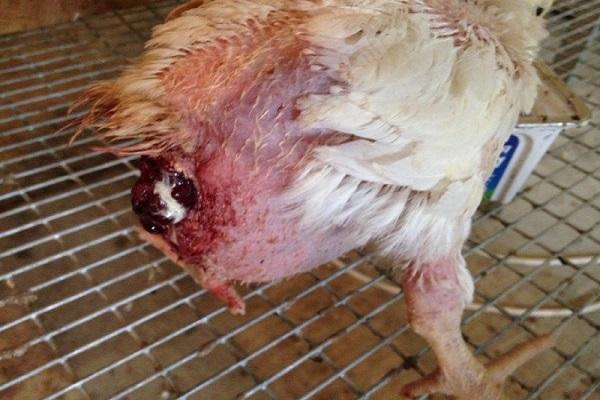
Course and symptoms
In a diseased chicken, the cessation of laying and a decrease in appetite is noted. The bird becomes lethargic, inactive, most of the time sits in one place.
When examining the cloaca, a protrusion of the mucous membrane of the prolapsed oviduct is found.
The cloaca is swollen, red. When the mucous membrane is injured, bleeding wounds appear on it. With salpingitis, there may be a release of mucus and purulent masses of a curdled consistency.
If you do not carry out treatment, over time, pathogens penetrate into the fallen organ. A severe form of salpingitis develops, in which the oviduct is completely (up to its blockage) filled with gray-white or yellowish exudate of a dense or curdled consistency. The bird loses the ability to lay eggs, stops eating.Against the background of severe exhaustion, a sick chicken dies.
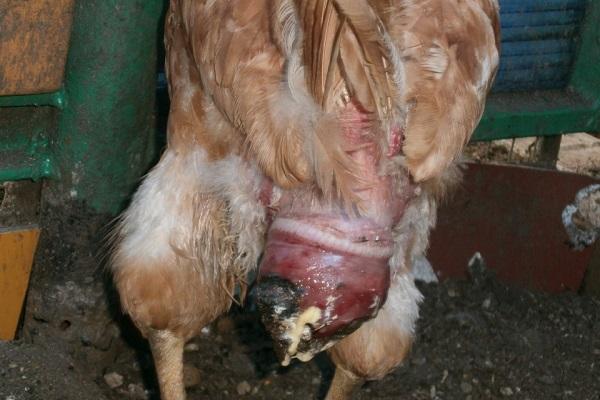
Diagnosing the problem
The diagnosis is made on the basis of the clinical manifestations of the pathological condition. If changes in behavior are detected, the sick chickens are examined. As a result, a prolapsed oviduct is identified, protruding from the open cloaca.
To establish the cause of the disease, blood is taken for general and biochemical analysis. According to its results, the presence of inflammation, as well as the content of vitamins and minerals in the body, is determined, the lack of which is one of the reasons for the prolapse of the oviduct.
To determine the type of microorganisms that caused the inflammation, a smear is taken from the oviduct mucosa and sent for analysis to a laboratory.
This study will help you choose the right antibiotic for your poultry.
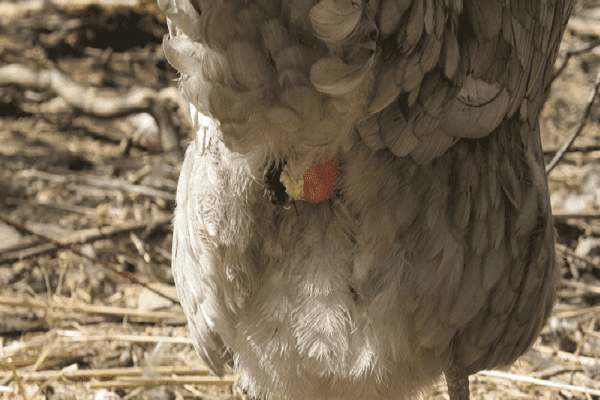
How can I help a chicken?
The protruding mucous membrane of the oviduct must be rinsed first with water or saline. And then an astringent - a 2% solution of tannin, alum or potassium permanganate.
To heal wounds and injuries, it is recommended to generously lubricate the injuries with sea buckthorn oil.
After that, you can try to straighten the organ:
- Put a glove on your hand, grease your fingers, cloaca and the protruding part of the oviduct with petroleum jelly or antiseptic ointment.
- Pressing on the fallen organ with a finger, carefully set it into the cloaca.
- After reduction, temporary stitches can be applied to the cloaca for 24-48 hours to prevent recurrence of the pathology.
If it is not possible to correct the oviduct in this way, drug treatment is performed.
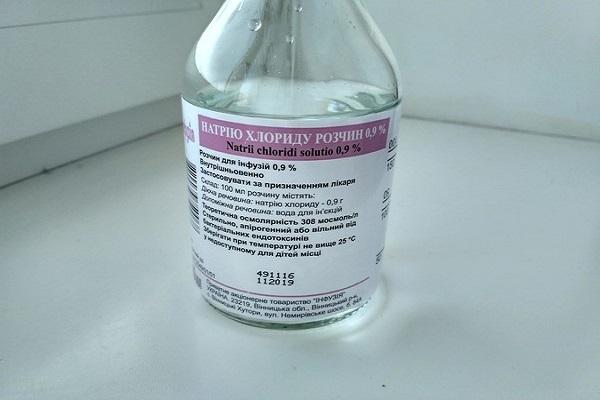
For 7-10 days, twice a day, the precipitated part is washed with a salt solution - 10-20 g per 250 ml of water. This solution can be used for microclysters. For the prevention of inflammation, 0.5 tablets of Metronidazole (Trichopolum) and 1/6 of a tablet of Sulfadimezin are given to the bird daily.
After the course, the oviduct can take its normal anatomical position on its own. If this does not happen, you must correct it manually.
After the organ is repositioned, the chicken is isolated from another bird in order to prevent pecking, and a course of probiotics and vitamins is drunk. If salpingitis develops, antibiotics are used.
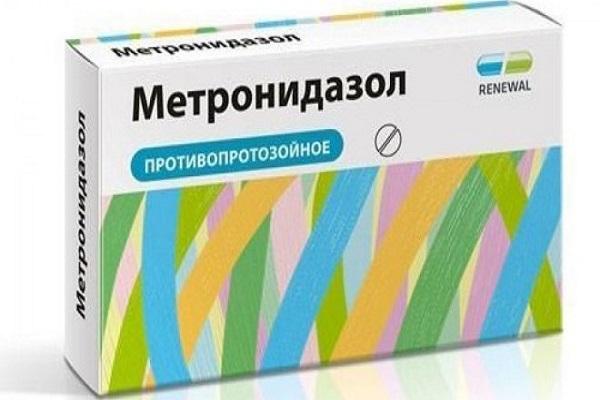
Prevention of the disease
In order to prevent the disease, the poultry ration is normalized, as well as the conditions of detention are improved.
The feed should contain the optimal amount of protein and fat. It is necessary to introduce vitamin and mineral complexes and premixes into it. The introduction of fodder yeast, herbal flour and greens into the diet has a good effect.
With the cage keeping of chickens, the birds are not allowed to be too crowded. The cages are kept clean and the litter is regularly changed to prevent the development of pathogenic microorganisms. The lighting in the chicken coop should not be bright, and the length of daylight hours should be maintained at 12-14 hours.
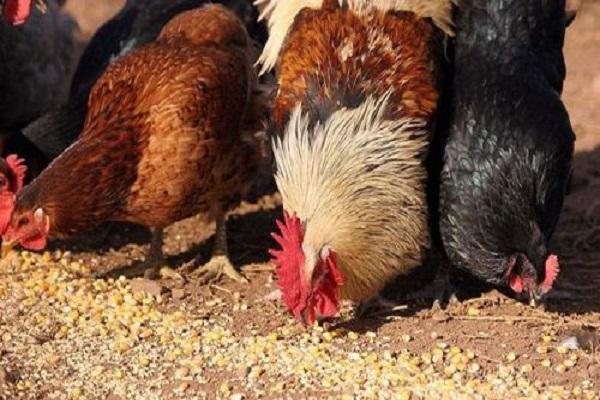
The pullets must be properly prepared for this process before laying. 20-30 days before the start of laying, give them a solution of potassium iodide - 2 mg / bird, or choline chloride - 20 mg / bird. This helps to strengthen the immunity and increase the resistance of the bird to disease-causing agents.
Daylight hours a month before the start of oviposition is reduced to 9 hours. This slows down the process of puberty and gives the organs of the reproductive system the opportunity to develop normally.
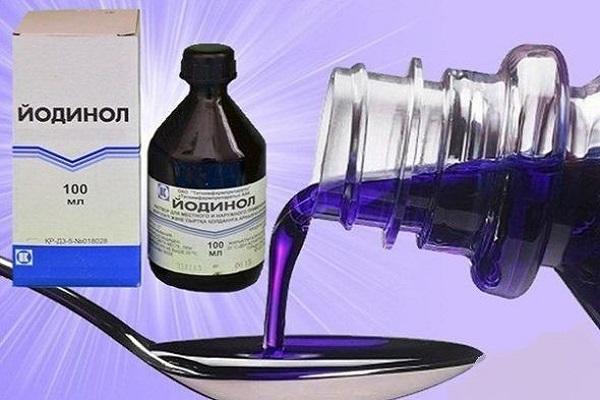
Why is it dangerous?
The mucous membrane of the prolapsed oviduct is easily injured, bacteria get on it, and inflammation occurs. Over time, the fallen out area dries up, ulcerates, and necrosis develops. Injuries provoke pecking. The severe form of the disease causes exhaustion of the whole organism and leads to the death of the laying hen.
A sick bird stops laying eggs. In severe cases, even after treatment, it does not always recover completely. Such an individual is subjected to forced culling.All this brings financial losses to the farm.
